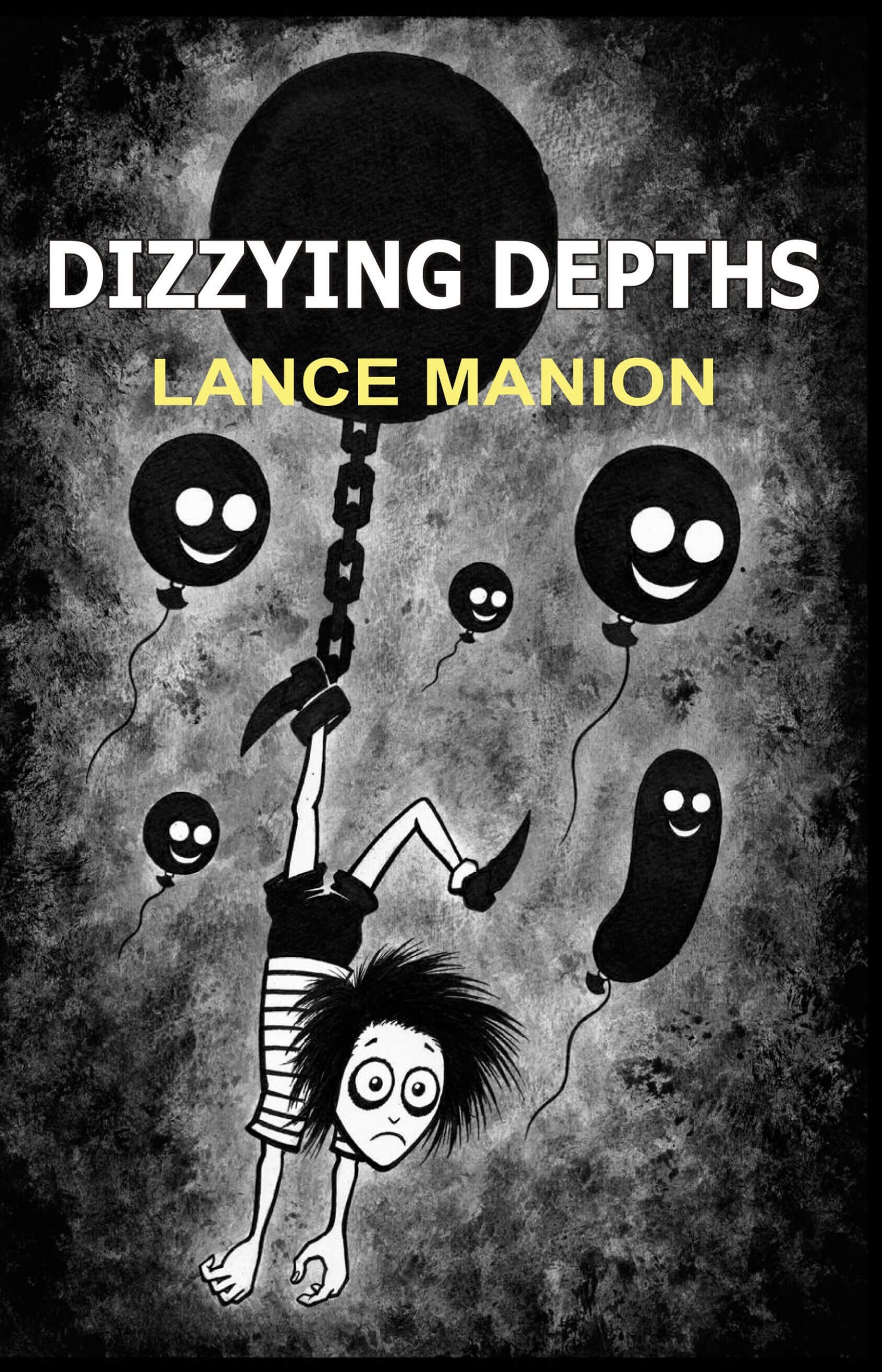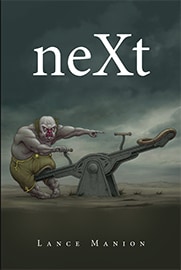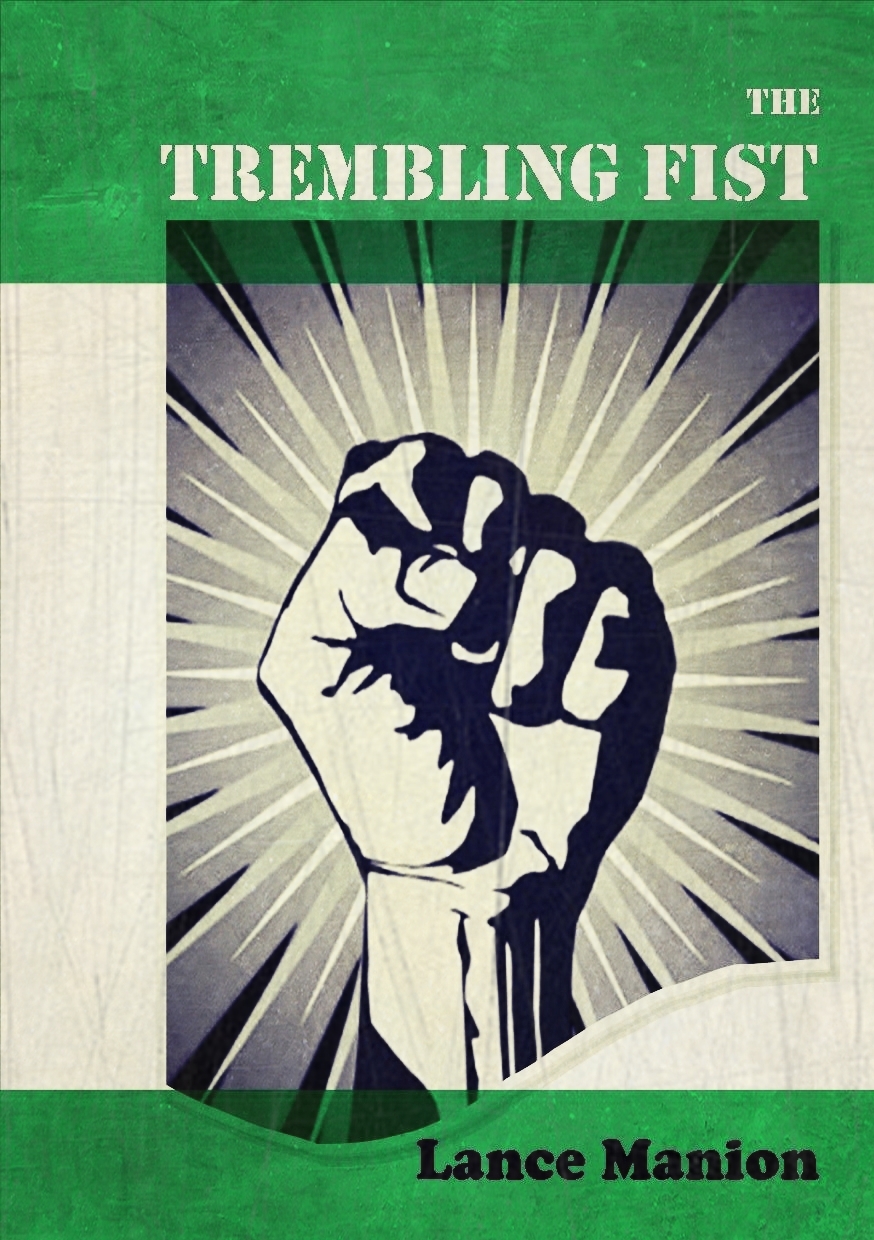May
6
puzzled
Inspired by Stephen Hawking and his past fun with weightlessness I decided, because it was a slow day, to throw myself headfirst into some scientific pursuits. I would apply myself completely and see what I can contribute in the quest to come up with the ‘Theory of Everything’.
I have to admit, I was amazed at the groundbreaking stuff I came up with. It just shows how an average man can help shine the light of reason on even complex subjects. My first experiment involved 3 puzzles. 1 was a child’s puzzle consisting of 8 pieces. It was a drawing of 2 dinosaurs. The next was a 100 piece picture of a boat sitting in a canal. The last was a large 2000 piece puzzle depicting the Salvador Dali painting La Persistencia de la Memoria (or The Persistence of Memory). I then sat down and attempted to complete each.
Not only was I able to quickly finish the dinosaur puzzle but I found it very satisfying. Perhaps it was a reminder how far I’ve come since the days where I would have found it challenging. The 100 piece puzzle on the other hand was not as easy. It took me nearly an hour to complete and was not as much fun. Not only did it have more pieces but I found the drawings of dinosaurs a lot more interesting to the eye than a dull little boat seemingly stuck in some fetid Dutch channel. Then came the ‘puzzle el grande’! I wasn’t sure what was more surreal… the melting clocks or the fact that after 3 hours I hadn’t even finished the border. It didn’t take a scientist to figure out though that the experiment was a success and did not require me to finish this pain-in-the-ass puzzle.
Some of you more scientifically-gifted types may already suspect my conclusions but for the rest of you I will illuminate you. Each puzzle took a different amount of TIME.
I’ll let you digest that for awhile. Because each puzzle had a different numbers of pieces, it took a different amount of time to complete (or not complete). I went back and checked my notes, the box tops which stated the number of pieces each puzzle was and my watch (which DOES keep time down to a tenth of a second for complete scientific accuracy) to confirm my findings. Then, flush with my recent success, I decided to push the envelope even further! The one flaw I could find with my hypothesis was that perhaps a puzzle with fewer pieces might be harder to finish (and therefore take MORE time) if the picture was more complex than a puzzle with more pieces but a very simple cartoon. Following me here? I know… I tend to lose some people when I get too technical but please try to stay with me.
So what I did was to paint each of my 3 puzzles completely white so there was no picture at all. We in the scientific community call this a ‘control’. Then I sat down and repeated the experiment. Well sort of… I was able to finish the 8 piece puzzle but abandoned the 100 piece puzzle after an hour. This was a setback. Was this the blackhole of puzzles? I mean, technically I could figure out a formula for the difference in finishing a 100 piece blank puzzle and a 2000 piece blank puzzle but where was the proof?! I now understood the frustration of the scientist as he tried to bridge the gaps between Einstein’s E=MC2 and quantum physics. I hated to think that I had wasted an entire day on a failed theory.
The last question was where to submit my findings, Scientific American or Dell Magazine (your source for top-quality puzzle entertainment)? Who would be more receptive to this important work? Perhaps, and I was going out on a limb here, I should submit it as a blog and let the online world be my judge and jury. Who better to judge whether something is a waste of TIME than people who read other people’s blogs?
OK, well I’m spent.












like it, share it!